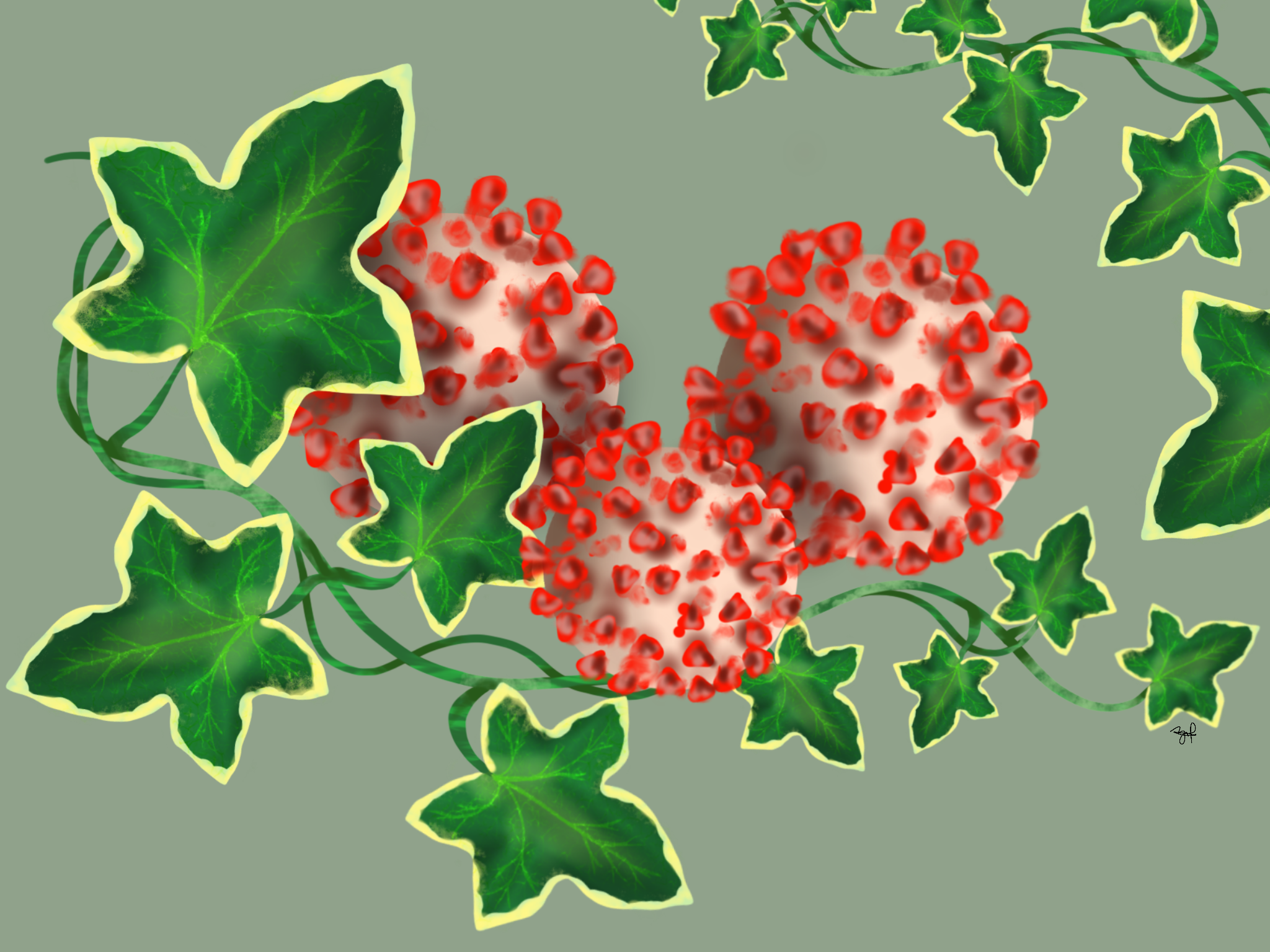
Zoe Berg, Photo Editor
The News compiled COVID-19 data from all eight Ivy League schools and the University of Illinois — an example of a school that successfully managed a large outbreak — to examine how Yale’s pandemic response compares to that of other higher education institutions.
The data reveals that, out of the Ivy League schools, the University of Pennsylvania has the highest cumulative positivity rate. Cornell has administered the most tests, followed by Harvard, then Yale. Yale also has the third highest cumulative positivity rate among the Ivies and second highest cumulative case count.
Department Chair of Epidemiology at the Yale School of Public Health Albert Ko said that the University of Illinois represents an important example of a school that underwent “pressure testing.” A large proportion of the student body tested positive upon arriving to campus in late August, resulting in a test of the university’s ability to handle outbreaks on its campus.
“It’s easy if you’ve been low on the curve to say everything works,” Ko said, but it is more important to know how effectively a school will respond “when [it is] pressure tested, when hit with an epidemic.”
Ko praised the political will, intensive testing program and swift quarantine procedures at the University of Illinois that enabled the campus to return from a spike of 230 cases, a 2.86 percent positivity rate, to a level of 88 new cases, a 0.59 percent positivity rate, within just two weeks.
Visualization by Amy Zhao
He explained that Yale has not been pressure tested like the University of Illinois, despite the cluster of positive cases among members of the men’s hockey team in early October and Yale’s switch to an orange alert level after a 20-person COVID-19 cluster was reported on campus in the first week of November.
Apart from recent upward trends in cases at Yale and throughout the state of Connecticut, Ko acknowledged the University’s efforts to minimize the rate of viral transmission on campus.
“I think Yale’s doing a pretty good job,” Ko said.
He explained that the University’s frequent testing regimen and detailed contact tracing procedures — as well as students’ adherence to mask-wearing, physical distancing and hand-washing guidelines — have helped to keep the number of positive cases low relative to many college campuses.
Ko mentioned that much of the focus in the pandemic responses of colleges has been on keeping undergraduate students safe, as the close-proximity living situations of dormitories are potential hotspots for outbreaks. Despite this challenge, he emphasized that universities across the nation have an obligation to work to keep staff and community members healthy as well.
“When we’re thinking about Yale, of course the mission is education and we want to protect, we need to protect, the students,” Ko said. “But we’re more than that. I’m thinking about the staff and so forth.”
In addition to frequent COVID-19 testing programs at the Ivy League schools, all eight schools allowed only a limited proportion of students to return to campus for the fall semester to limit viral spread. For example, Harvard welcomed forty percent of its undergraduate students back to campus, while Yale allowed sixty percent of its undergraduate population to return.
When asked about the impact of this limited campus population on COVID-19 transmission, Ko explained that it wasn’t necessarily the percentage of students returning that would contribute to different positivity rates. He said that regardless of the proportion of students on campus, the key factors that contribute to halting viral transmission are the use of face masks, testing, contact tracing and physical distancing.
Visualization by Victoria Ouyang
Overall, each of the Ivy League campuses has exhibited relatively low positivity rates compared to the national rate, which sat at 10.1 percent as of Nov. 12.
Visualization by Victoria Ouyang
Epidemiology professor Ted Cohen wrote in an email to the News that in the coming weeks of winter, however, harsher weather and waning daylight may pose significant challenges for campuses located in New England. He said it will be crucial that students continue to abide by mask-wearing guidelines, convene only outside with sufficient physical distancing and comply with frequent testing policies to maximize universities’ capacities to detect clusters of cases.
“Maintaining these measures is obviously made harder by colder weather, limited daylight, and fatigue associated with months of … social isolation, but there are no reasonable alternatives,” Cohen wrote.
Cohen said that given the fatigue many students are experiencing after months of social isolation, Yale should work to facilitate opportunities for students to be active outdoors and maintain social connections at a safe physical distance.
Many Ivy League schools, including Yale, have sought to address the challenge of colder weather by altering their academic calendars. On May 28, University Provost Scott Strobel wrote to the Yale community that students would not be returning to campus after Thanksgiving break. Instead, the last week of instruction, reading period and final exams will be held online. Students will therefore be departing from campus at the end of next week.
“December will be a ‘quiet period’ on campus, with limited in-person activity,” Strobel wrote.
According to CT.gov, New Haven has an average daily rate of 19.1 positive cases per 100,000, as of Nov. 12.
Data analysis and visualizations by Amy Zhao and Victoria Ouyang. Contact them at amy.zhao.axz4@yale.edu and victoria.ouyang@yale.edu.
Sydney Gray | sydney.gray@yale.edu
***
SOURCES: Yale University, Harvard University, Princeton University, Columbia University, University of Pennsylvania, Dartmouth University, Brown University, Cornell University, University of Illinois







